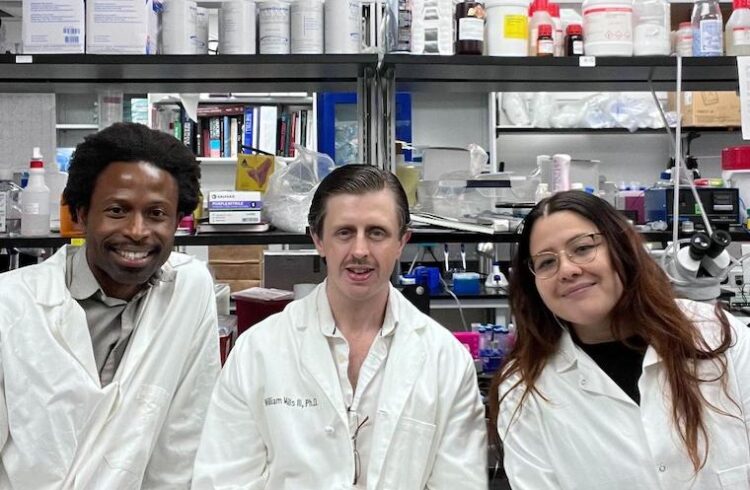
CHARLOTTESVILLE, Va., Mar. 10, 2011 – Getting behind the wheel of a car carries certain risks, as more than 1.2 million people worldwide are killed each year in accidents and another 50 million are injured. For a certain group of drivers with type 1 diabetes, the risk of driving is even greater.
In a recent study published in the journal Diabetes Care (Volume 33, Number 11, November 2010) Virginia Driving Safety Lab Director Daniel Cox, PhD, and his colleagues at the University of Virginia School of Medicine have identified a small group of drivers with type 1 diabetes who are at exceptional risk of driving mishaps, while the majority of drivers with type 1 diabetes are likely not at higher risk for collisions.
“Now that we know which patients are more likely to have driving mishaps and why, we are in an ideal position to help these high-risk drivers lower their risk of future collisions,” Cox says.
This particular group of drivers is at such a high risk for driving mishaps because they suffer from diabetes hypoglycemia, or low blood sugar, which can slow down thinking, interfere with coordination and affect vision, Cox explains. Hypoglycemia can be triggered by over treatment with insulin or medicine, by not eating anticipated meals or snacks, or by doing unanticipated vigorous physical activities.
Cox’s recent study compared two groups of drivers with type 1 diabetes – those with no prior driving mishaps and those who had two or more mishaps in the previous two years. Researchers found that while high-risk individuals drove just as well as low-risk drivers when their blood sugar was normal or average, high-risk drivers drove significantly worse than low-risk drivers during mild hypoglycemic episodes. When hypoglycemic the high-risk drivers’ bodies released less adrenalin, a hormone typically released when blood sugar goes low the triggers the release of stored sugar in the liver. Additionally, when hypoglycemia did occur, high-risk drivers had more problems with recalling and manipulating information.
Thanks to a multi-million dollar grant from the National Institutes of Health the UVA research team is developing an internet-based training program to help high-risk drivers change their driving habits to make them safer drivers. Cox plans to enroll 500 drivers with type 1 diabetes in the study to determine the effectiveness of the internet program.
“The advantage of such a treatment program is that it is very inexpensive to deliver, it is confidential, and it can provide individuals a very sophisticated treatment program no matter where they live or how close they are to their diabetes medical team,” Cox explains.
Individuals with type 1 diabetes who might be interested in participating in this diabetes driving safety study can learn more at the center’s website (DiabetesDriving.com) or e-mail the research team at Lauren@diabetesdriving.com


